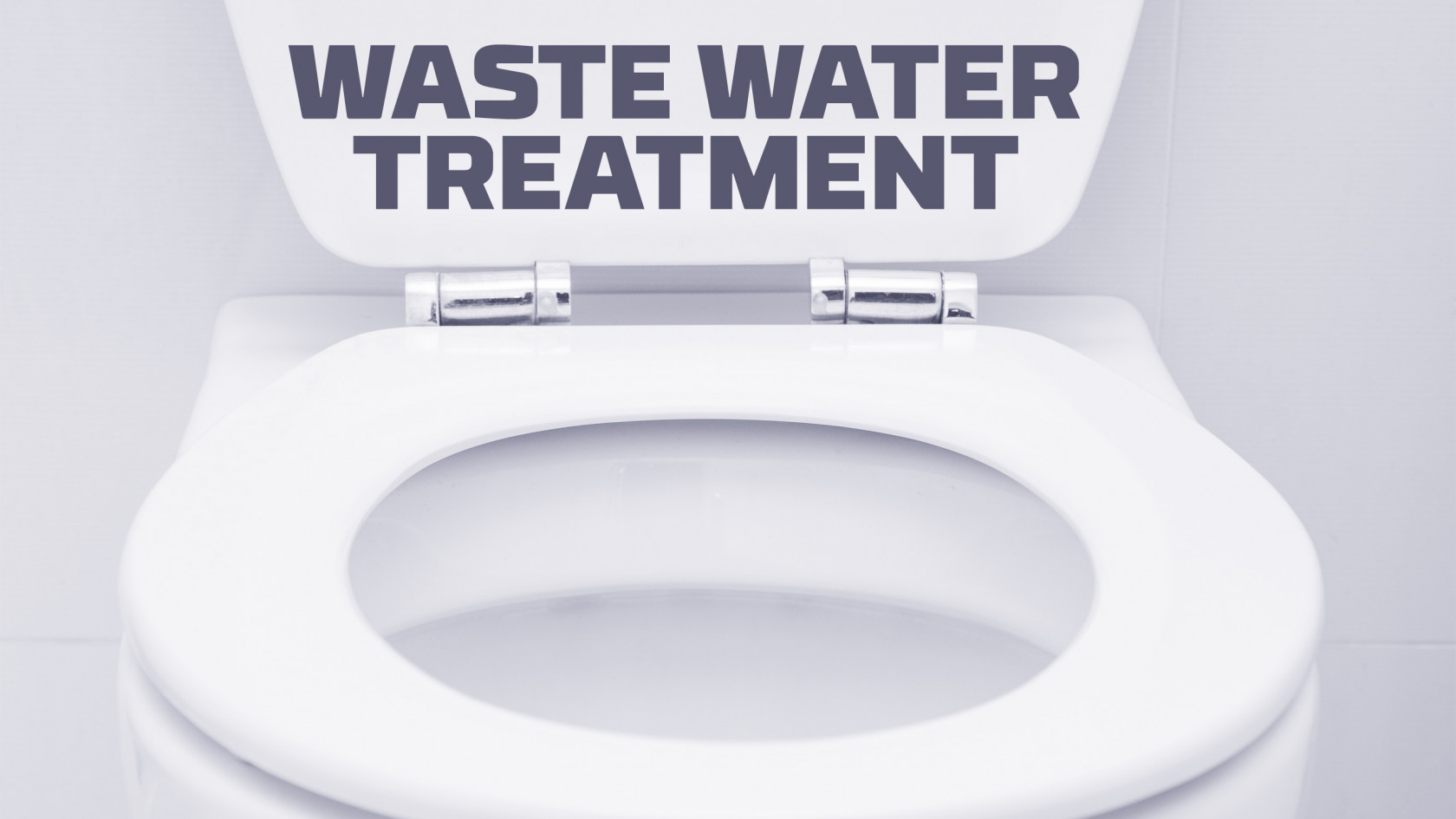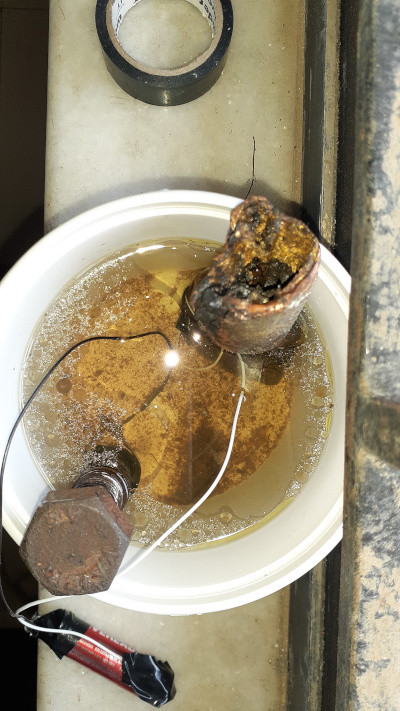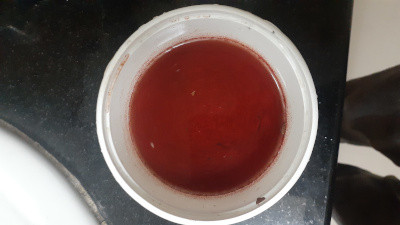Waste Water Treatment Using Electro Coagulation
Definitions
| Electrode | An electrode is a metallic contact through which electricity can pass. |
| Total Suspended Solids (TSS) | Solids in contaminated water that can be trapped by filtration processes. Also sometimes known as colloids. |
| Colloids | Colloids are insoluble particles that are larger than a molecule but smaller than particles that can be seen with naked eye. |
| Sludge | Semi-solid material that is produced as a by- |
Electro Coagulation
Electro Coagulation is a process of separating impurities, hazardous chemicals and bacteria from contaminated or waste or dirty water to make it reusable again. Electrocoagulation is performed by applying an electric current across metal plates (electrodes) that are submerged in contaminated water.
Contaminated water consists of suspended particles called colloids. In contaminated water, these particles can be organic particles like germs, bacteria, algae, and inorganic particles like emulsified oils, clay, silt or hazardous chemicals. These suspended particles have surface charges that allows them to stay suspended in contaminated water.
An electrocoagulation unit consists of an anode and a cathode that are connected to a DC power supply. When contaminated water flows into an electrocoagulation unit, the following reactions occur:
- From the anode, metallic ions are released into the contaminated water.
- On the cathode, water is hydrolyzed, forming hydrogen gas (H2) and hydroxyl (OH) particles.
- Electrons move from the cathode to the anode. This destabilizes surface charges on the suspended solids (colloids).
When the electrons destabilize the surface charges on these suspended particles, the metal ions, along with the hydroxyl particles form complex compounds called flocs that includes metals and other contaminants. Colloids and emulsified oils combine with these flocs to form sludge. Depending on the chemical composition of the floc, the sludge can either rise to the top and float or sink to the bottom. Sludge can be removed physically from the sludge tanks and disposed off in an eco-friendly manner.
The water is now available for further filtering or reuse.
Flocculation
The process of water filtration also involves a process called flocculation. This process is usually done before the water is released into the electrocoagulation unit. Flocculants are chemicals that are added to contaminated water to form flocs and sludge.
Lab work
Experiment 1 (April 15 - 20:00 hrs IST) :
400 ml of water with soil and cooking oil was mixed to form a solution. 2 rusted electrodes were placed in the solution. A battery of 1.5 V was applied to the solution. The following image shows the electrocoagulation of the mixture at 11:00 hrs IST on April 16. The particles have separated. The oils have moved to the surface. The soil has moved to the bottom of the container. The middle part is clean water. The cathode is a bolt. The anode is a clamp from a lightning struck cable. More investigations on the chemical compositions is required.
Experiment 2 (April 16 - 20:00 hrs IST):
Red coloring powder was mixed in water with salt and lemon. A 1.5V battery was applied at 19:30 hours. These are the findings:
The mixture is thick and the water is red in color. This is a picture from 19:30 hours. A DC voltage of 1.5 volts was applied. The cathode was a bolt made of iron. The anode was a piece of clamp struck by lightning.
The following picture is from 08:00 on April 17th.
The DC current has separated the particles which have formed compounds and have settled at the bottom. The water on the top needs to be filtered and can be reused for gardening purpose directly. Further treatment can be done to make it potable or even drinking water.
ExperimentUseful 3 (April 19 10:00 hrs - IST)Links:
Turning salt water into drinking water, without harming the environment
Kit Ordered: https://www.makewater.org/storefront/coagulator
Excellent video demo: https://www.youtube.com/watch?v=VG7AZuZcRZI
This project is being developed as an open-source project with the following licensing:
- Software: GPL-3.0 - https://www.gnu.org/licenses/gpl-3.0.en.html
- Hardware, Design & other Intellectual Property: CC-BY-SA-4.0 - https://creativecommons.org/licenses/by-sa/4.0/






